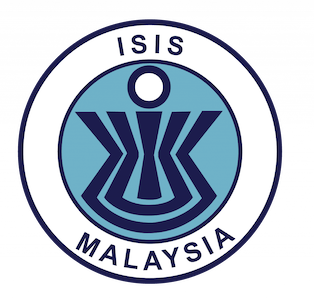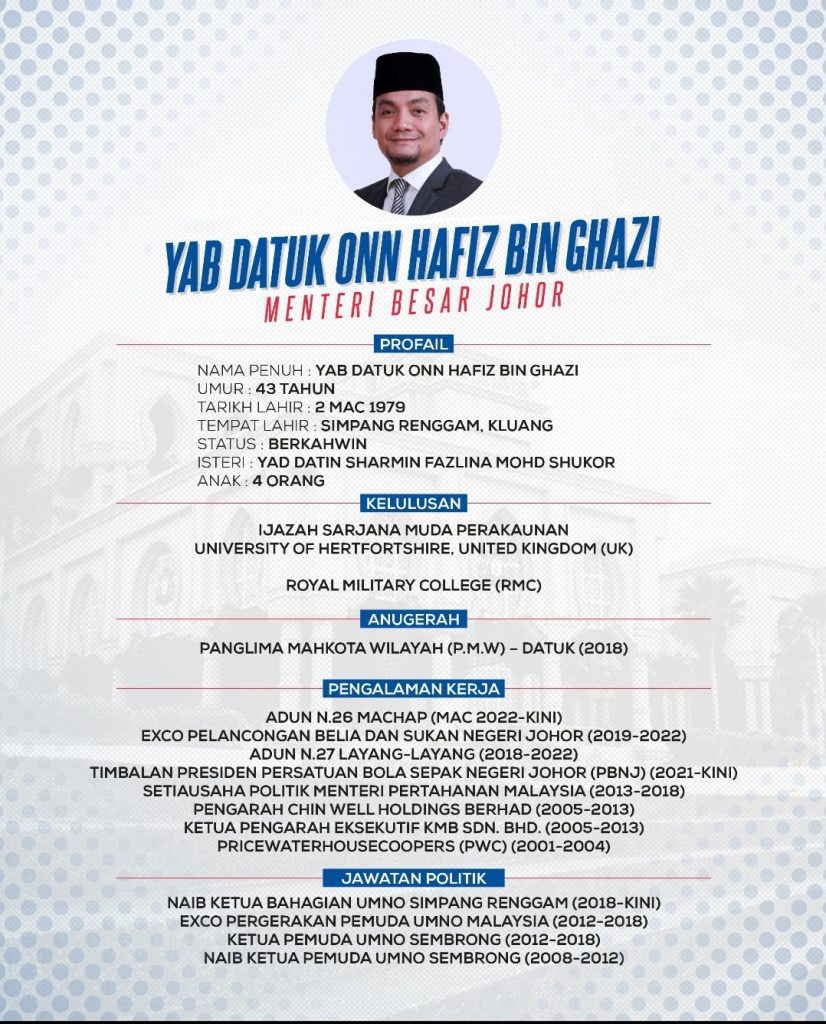Malaysia’s 2025 ASEAN chairmanship comes at a critical juncture, as it seeks to strengthen regionalism, inter-regional ties, and Global South cooperation
Three months into the Association of Southeast Asian Nations (ASEAN) Chairmanship, Malaysia is operating in a more precarious geopolitical environment than ever before. A new United States (US) administration has taken it upon itself to single-handedly ‘shake up’ the already dynamic status quo with the promise and pressure of tariffs and a vastly different approach to the Russia-Ukraine crisis from the former Biden administration—both of which have thrown a wrench in transatlantic ties. Reverberations of these geopolitical events can now be felt in the Indo-Pacific, with ASEAN and its member states on high alert for a possible upending of somewhat stable ties with the West.
Against this backdrop, Malaysia faces a fresh set of expectations to ‘liberate’ ASEAN from its ongoing existential crisis. In the last few years, calls for ASEAN to ‘get its act together’ and actively respond to regional challenges have been met with disappointment. Lukewarm responses, such as the largely inconsequential Five-Point Consensus on the Myanmar crisis and the now-outdated ASEAN Outlook on the Indo-Pacific, have demonstrated how difficult it can be for the grouping with its consensus decision-making model to reach beyond superficial actions.
Putrajaya, hence, has got its work cut out for it. Additionally, with the added pressure of building on Indonesia’s Chairmanship in 2023 which saw the launch of the ASEAN Indo-Pacific Forum (AIPF) and the Digital Economic Framework Agreement and Laos’ Chairmanship last year, which sustained momentum with the second AIPF and significant progress in the upgrade negotiations for the ASEAN Trade in Goods Agreement.
With relatively recent leadership transitions in all ASEAN countries save Brunei with its absolute monarchy, regional priorities are shifting towards domestic stability, making expectations of swift strengthened consensus premature.
However, it must be acknowledged that Malaysia’s ability to tackle ASEAN’s challenges is constrained by the bloc’s struggle to move beyond a shallow consensus, especially amid widespread leadership changes. With relatively recent leadership transitions in all ASEAN countries save Brunei with its absolute monarchy, regional priorities are shifting towards domestic stability, making expectations of swift strengthened consensus premature. Rather than focusing solely on this strategic coherence, Malaysia’s role should be to reinvigorate the ASEAN spirit and set the stage for future chairs. Malaysia’s real contribution could be building a more cohesive and resilient ASEAN to navigate future uncertainties.
Prime Minister Anwar Ibrahim has recognised this.
Last year alone, PM Anwar met all of his ASEAN counterparts, perhaps in the run-up to Malaysia’s ASEAN year, cementing the notion that Malaysian foreign policy is indeed driven by the astute ability of the PM to forge strategic relationships based on trust, camaraderie and the ‘personal touch’. This has proven successful in the case of PM Anwar, evident in the optics and joint messaging towards enhanced bilateral ties and a shared commitment towards ASEAN centrality and unity. This is especially crucial with the underlying intra-ASEAN divergences and contentions concerning issues like the South China Sea and Myanmar crisis. There is also intense competition among ASEAN member states for foreign investment and supply chain indispensability as the US-China trade war intensifies, with global supply chains undergoing a seismic shift. Even in this complex context, the importance of regional solidarity is not lost on Malaysia, with Putrajaya pushing for an ASEAN-US summit so member countries can present their views on planned US tariffs on automotive, semiconductor, and pharmaceutical imports.
Thus, as Chair, Malaysia has recognised the importance of strengthening ASEAN regionalism amid immense geopolitical uncertainty. In addition to cultivating close, trusted relationships with regional leaders, there is also the emphasis on reinvigorating ASEAN-led mechanisms like the East Asia Summit (EAS), established in 2005, notably during Malaysia’s Chairmanship. In recent times, even the EAS has not been spared from major-power rivalry with its failure to produce a Leaders’ Statement last year. So, the onus falls on Malaysia this year to build a sense of ownership and reclaim ASEAN centrality in ASEAN-led mechanisms. A good start would be asserting, articulating and projecting ASEAN’s collective and nuanced approach to geopolitical rivalry and regional cooperation. A mechanism’s relevance lies in its convening power and tangible deliverables, after all. In addition to guaranteeing a Leader’s Statement through adept diplomacy this year, Malaysia must mobilise the EAS Plan of Action to address real, current, and shared challenges.
A good start would be asserting, articulating and projecting ASEAN’s collective and nuanced approach to geopolitical rivalry and regional cooperation.
Malaysia is undoubtedly strategically positioned for this with good, functional relations with all of ASEAN’s dialogue partners. In fact, since taking office, PM Anwar has engaged all his counterparts (except the US President) either at home, abroad or at the sidelines of past ASEAN summits. This has formed the basis of Malaysia’s call for deeper inter-regional engagement, connectivity, and cooperation. For example, during his visit to Brussels, PM Anwar stressed the need for enhanced ASEAN-European Union relations to strengthen regional resilience. Similarly, during his maiden state visit to India in August 2024, PM Anwar underscored the value of sub-regional cooperation, i.e., ASEAN-IORA (Indian Ocean Rim Association) and ASEAN-BIMSTEC (Bay of Bengal Initiative for Multi-Sectoral Technical and Economic Cooperation) engagement in shedding light on “challenges, needs, and priorities which are not always considered ‘mainstream’”.
Malaysia’s call for ‘bridging regions’ is the lens through which its pursuit of BRICS+ membership should be seen. It is, in fact, Malaysia’s way of maximising space for strategic manoeuvrability and working with a range of diverse partners on shared priorities. The fact that there are now three ASEAN member states with BRICS+ partner country status and Indonesia with full membership demonstrate synergies between these mechanisms—and this essentially outweighs the negative connotations that BRICS+ is an anti-West ‘disruptor’ in the emerging international order.
Malaysia’s advocacy for strengthened regionalism and inter-regionalism feeds into its broader Global South mobilisation efforts—utilising existing partnerships and mechanisms to create targeted cooperation opportunities that tackle specific challenges. This creates interdependencies and promotes sustainable, resilient bilateral, regional, and multilateral ties. As a visualisation, if these mechanisms and their overlapping memberships depict a Venn diagram, then Malaysia envisions ASEAN at the centre or heart of geostrategic engagement in the Indo-Pacific and as a vehicle to drive the Global South agenda, addressing climate resilience, food security, connectivity, and the delivery of public goods. As mentioned, Malaysia’s Global South agenda does not intend to exclude the Global North but encourage Global North enterprise in Global South mobilisation with partners like the EU and Japan working with ASEAN on similar baselines based on regional priorities and mindful of regional contexts.
Malaysia’s advocacy for strengthened regionalism and inter-regionalism feeds into its broader Global South mobilisation efforts—utilising existing partnerships and mechanisms to create targeted cooperation opportunities that tackle specific challenges.
Malaysia takes the helm of ASEAN this year in unprecedented times. While challenges and threats are aplenty, the silver lining is that Malaysia has been slowly but surely building agency for itself and the regional organisation. Like any intrinsic quality of an actor in international relations, exercising agency is dynamic and deliberate – contingent upon the geopolitical system at large and the political will, disposition, and the actor’s need. In that sense, Malaysia must work towards strengthening ASEAN agency and determine, with conviction, ASEAN’s long-term role in the Indo-Pacific. In pursuing enhanced regionalism, inter-regionalism and Global South mobilisation, the hope is that Malaysia lays the groundwork for a more empowered and relevant ASEAN fit for the times.
This article was first published in ORF online, 17 March 2025





